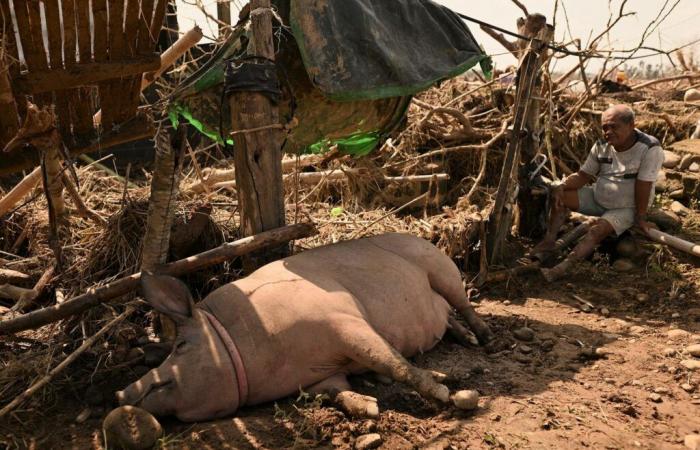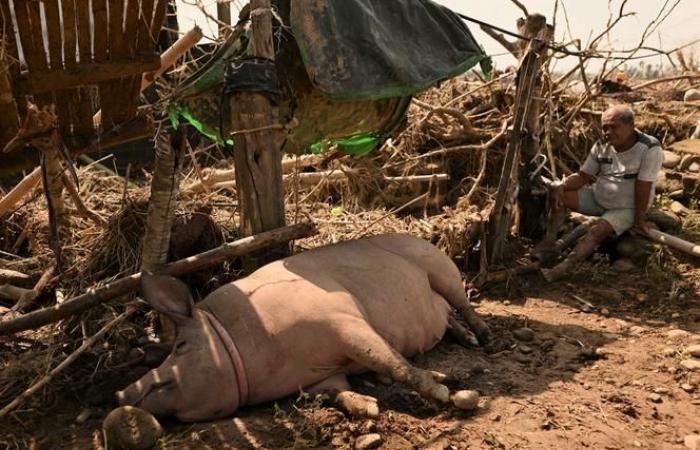On Saturday, November 16, the Philippine authorities ordered the evacuation of more than 250,000 people and the return to dock of all ships, from fishing boats to tankers, as super typhoon Man-yi approaches, which is hitting the archipelago from the east. The national meteorological agency, which reclassified Man-yi, warned of gusty winds with consequences “important to serious” and potentially life-threatening storm surges.
Near the sparsely populated eastern island of Catanduanes, where Man-yi is expected to make landfall between the second half of Saturday and early Sunday, high tides of up to 14 meters are forecast.
The super typhoon, with winds of up to 215 km/h, will be the sixth major storm to hit the Philippines in a month. Previous attacks have killed at least 163 people, left thousands homeless, destroyed crops and killed livestock.
Read also | Typhoon Usagi, the fifth in a month, hits the Philippines
Read later
Around twenty big storms and typhoons per year
Some 255,000 people have already been evacuated from areas vulnerable to landslides, flooding and storm surges, Interior Undersecretary Marlo Iringan reported Saturday.
“If a preventive evacuation is necessary, let us implement it and not wait for the hour of danger to evacuate or seek help, because (…) we would be endangering not only our lives, but also those of our rescuers”he said.
Every year, around 20 major storms and typhoons hit the Philippines or its surrounding waters, killing dozens of people, but it is rare for several such weather events to occur in a short period of time.
Scientists say climate change is increasing the intensity of storms, leading to heavier rains, flash floods and more violent gusts.
Read also | Article reserved for our subscribers Why is global warming making hurricanes more powerful?
Read later







